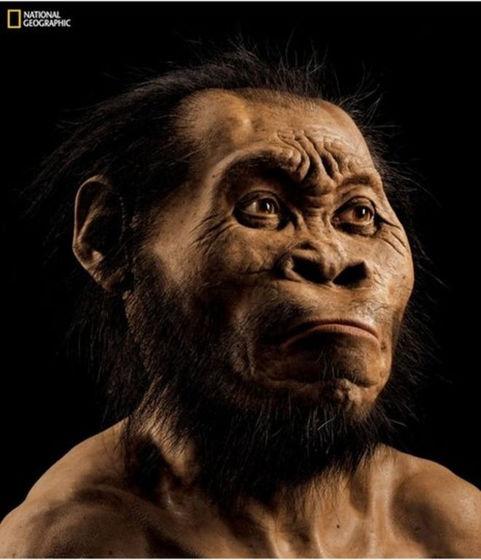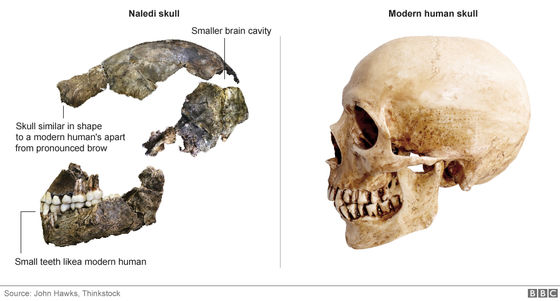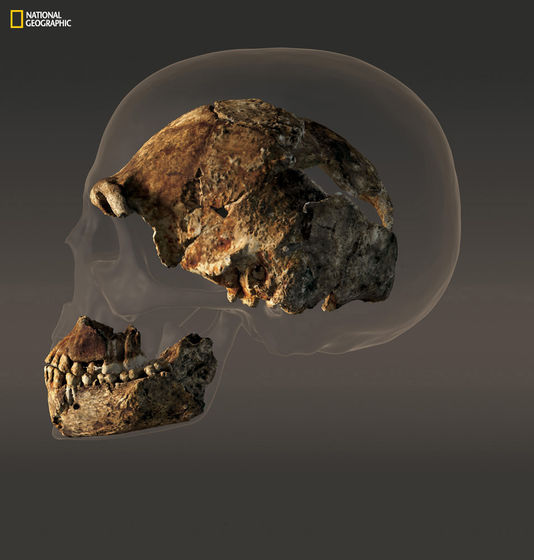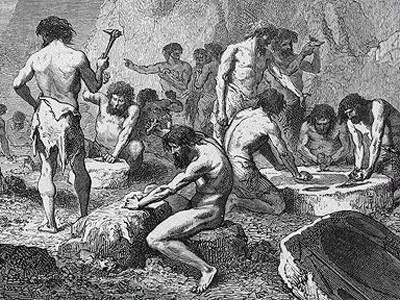A large number of fossils of a new species of human genus "Homo Naredi" are discovered

More than 1,550 bones were discovered in the "Rising Star Cave" in the suburbs of Johannesburg, South Africa, which seems to belong to a new human genus. This bone seems to be equivalent to at least 15 bodies, and it is said to be the largest in Africa, as discovered in one place. This discovery is based on an academic journal "ELifeNew species of human genus "Homo NarediIt was announced on September 10, 2015.
New human-like species discovered in S Africa - BBC News
http://www.bbc.com/news/science-environment-34192447
Over a dozen skeletons of an unknown, early Homo species found | Ars Technica
http://arstechnica.com/science/2015/09/over-a-dozen-skeletons-of-an-unknown-early-homo-species-found/
This Face Changes the Human Story. But How?
http://news.nationalgeographic.com/2015/09/150910-human-evolution-change/
Discovered Homo · Naredi of small genera human genus, South Africa | National Geographic Japan version site
http://natgeo.nikkeibp.co.jp/atcl/news/15/091000255/
A new species of human genus discovered in the Rising Star Cave was named "Homo Naredi" including "naredy" pointing to the star in the local language. The bone found is a primitive feature and a modern manHomo sapiensAlthough it seems that they had both of the characteristic features, it is said that researchers are closer to contemporary people "Human genus(Homo genus) "was classified. At the moment, it is not clear what time this "homo naradie" was alive, but Professor Lee Berger, who led the research team, told BBC News, "We are Homo Naredi , I believe that it is the oldest human genus that has been discovered so far and is a race that had been living in Africa about three million years ago. "
More than 1550 newly discovered bones

Restored model of homo / naredi created from this bone

The skulls of the discovered "Homo · Naredie" and the skull of the modern man (Homo sapiens) are compared below. The shape of the skull is similar to that of Homo sapiens, but the structure of the forehead is more protruding, the teeth are small compared to those of Homo sapiens.

The difference in the size of the brain is obvious if two are repeated. Brain capacity is only 500 cubic centimeters, which is less than half of Homo sapiens. The size of this brain is called the early human raceAustralopithecusIt is about the same degree.

Besides, although the way of connecting the bones of the hand is very modern, only the fingers are bent like animals living on the trees, the bones of the shoulder are close to monkeys, and the root of the femur of the bones of the legs is Aurora Although it resembles Pitex, it has contemporary features as going down, and it seems that primitive features and contemporary features are mixed not only in the skull but in the whole body. Moreover, it seems that it is almost indistinguishable from that of modern people when reaching the legs.

About this skeletal feature Steve Churchill, a paleontologist at Duke University, said: "I pulled a line on the waist, the primordial upper and the lower were likely to be separated from the contemporary, I think that it is a bone of a hunting ethnic group in modern Africa outback. "
Although the size of the brain is small, there are many contemporary features as physical features, the height of an adult male is estimated to be about 150 cm, and the weight is estimated to be about 45 kg. As Burger said that Homo Naredi was a primitive bipedal primate and human bridging existence as it is thought that it was larger than Astralopithecus and more like a modern person It seems that he thinks it may be.

It seems that the bones found are included in a variety of things from young children's age and youngsters, so we clarify how early human race has evolved more than anything ever discovered on the continent of Africa It will be helping.
Related Posts:







